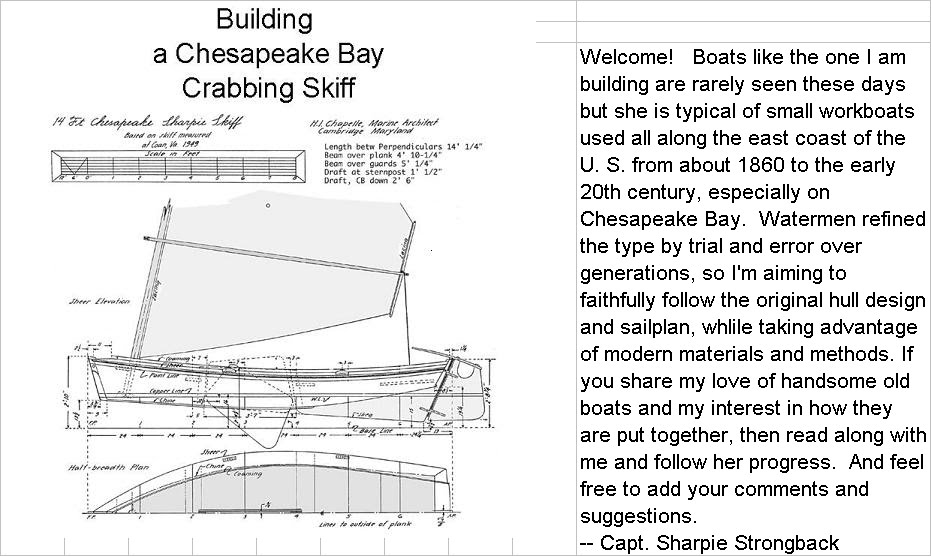Technique #2: I tried a water level. The idea here is to use a long clear plastic tube full of water, fix one end to a reference point, and move around the side marking the level of the visible water in the other end of the hose, taking advantage of the fact that water seeks its own level. The science is perfect. Applying the science is a complete failure. Can you guess why? Every time I moved the hose, the change in its shape affected the volume inside the hose slightly, and moved the water up or down both ends significantly. You wouldn't think so, but it did. A water level would work, but only with two people working together. One would monitor the reference point and call out up, down, and mark. Other problems with a water level are bubbles of air, which must be carefully flushed out, and the drops of water in the ends of the hose, which can run down and join the main column of water, changing its level. All in all, good science but poor technology.
Technique #3, which I did not try: A laser level, which I don't have, would work well set up to the side and panned from bow to stern, once the boat were levelled precisely fore and aft and side to side.
Technique #4: Do it the way the book says. Erect two horizontal boards across the bow and stern at the height of the desired waterline. stretch a string between the boards, and where it just touches the boat is the waterline at that point. Move the string around to create a series of points, and finally connect the points. Again, the science is indisputable. The problems in real life are daunting: the two boards must be perfectly straight, which no board ever is; the points at the bow and stern where the waterline should end must be exactly at the same level as each other; the boat must be perfectly level side to side; and the boards at the ends must be at precisely the same height as the boat. It is hard to get it all right at once, and hard to keep it that way while working. Nevertheless, with Mrs. Strongback's assistance, I finally struck a satisfactory waterline that way. In the picture below, look how the blue tape lines up with the horizon in the background. Not perfect, but what is?
It took two full days and half a roll of masking tape to get the waterline right, but only 20 minutes to put on the first coat of topside paint.
If I were a boatbuilder, I'd have been fired long ago for lack of production. As it is, I'm having fun. It is time very well spent.



No comments:
Post a Comment